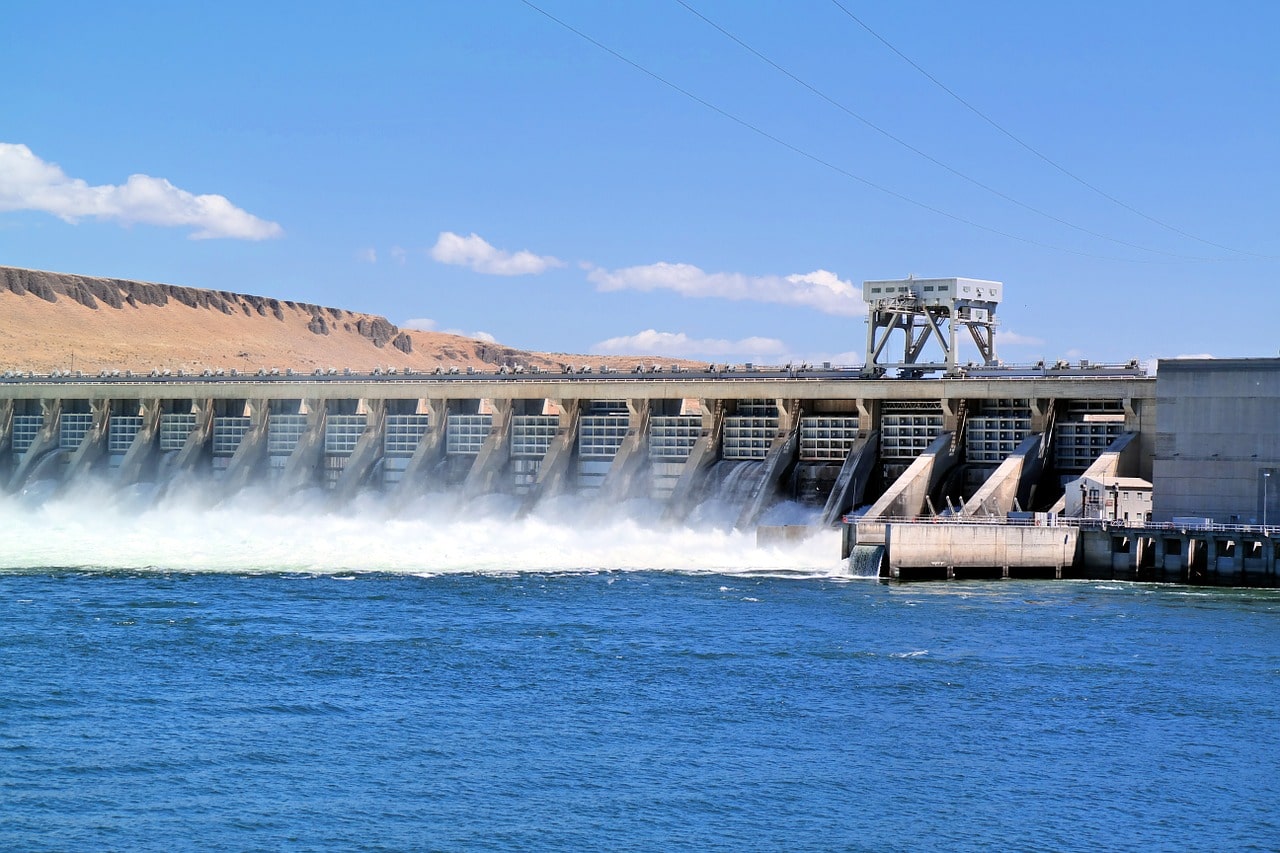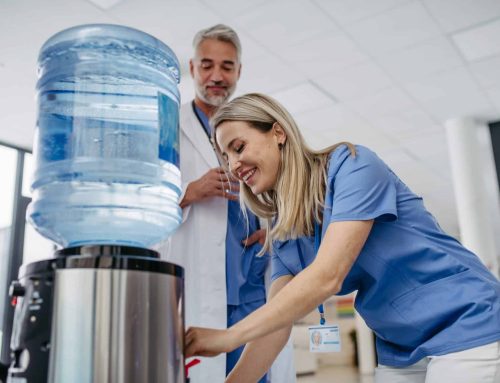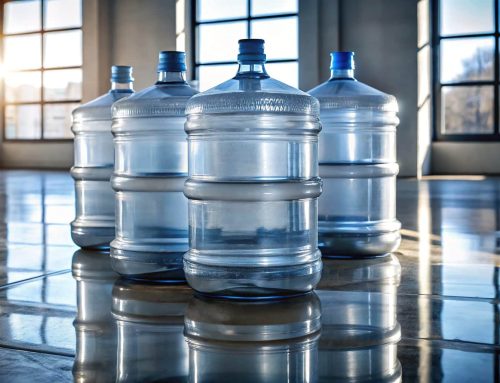With Cape Town giving the world a scare in 2018, being viewed as the city to run out of water first in the entire world, experts have started to pay closer attention to weather patterns and the influence different factors may have on water.
Due to a combination of human influence, the rapid and consistent growth of populations, along with climate change, predictions state that the demand for freshwater supply will exceed with 40% by the year 2030. Considering this concern affects the entire planet, problems must be addressed now, to find a way to rectify or recover it.
Cities in Danger of Running Out of Water
- Sao Paulo
As one of the top ten most populated cities in the world, it’s no doubt that Sao Paolo has become one such that is running out of water. With over 21.7 million residents living in the city, it has endured consistent droughts since 2014. Although it has recovered a few times, the reserves have dropped as low as 15%, endangering the entire city and its residents.
- Beijing
If a region can only allocate 1,000 cubic metres or less, of freshwater to its residents, then the city is listed as a water scarce and endangered city by the World Bank. With 40% of the city’s surface water becoming polluted in 2015, it is in danger of running out of clean drinking water in the future. Even more so, due to a rapid increase in its population annually.
- Cairo
Well, of course deserts run out of water too. The Nile River, which serves as a source of 97% of water to the residents of Egypt, has in recent years, become the location for residential waste and untreated agriculture, which is causing a lot of pollution. The World Health Organization has ranked Egypt as one city that will continue to experience rapid water shortages by the year 2025.
- Jakarta
Along with rising sea levels, human action has had a massive negative influence on the freshwater resources in Jakarta. With residents overusing their limit of pipe water and the illegal digging of wells, underground aquifers are declining. The consequence is that 40% of the city is below sea level, which also causes open fields to not be able to capture rainfall. This also adds to the bigger problem of water scarcity in the city.
Get bottled dispenser and mains water dispenser from Living-Water in London.






